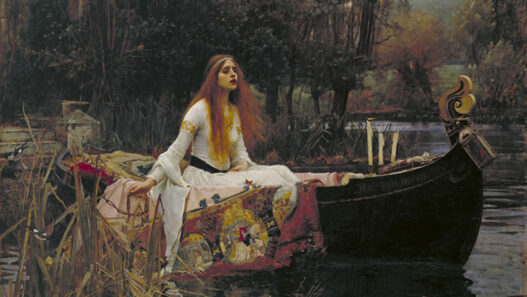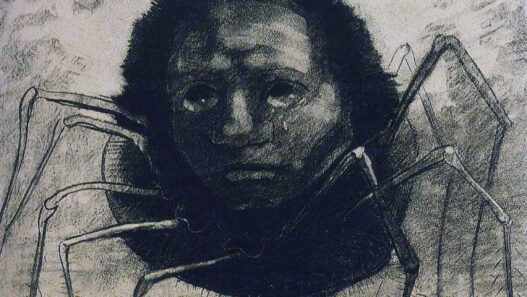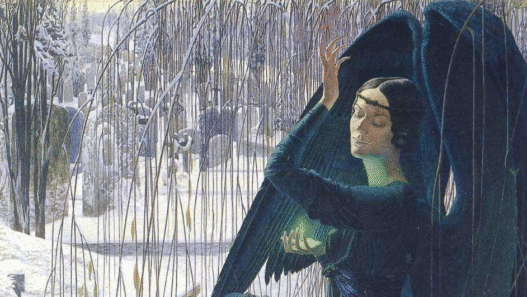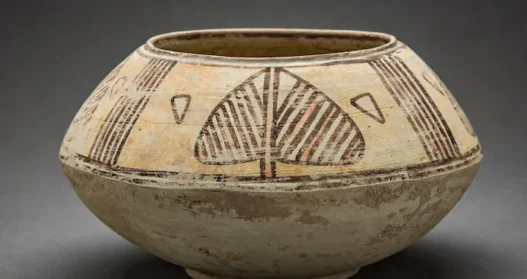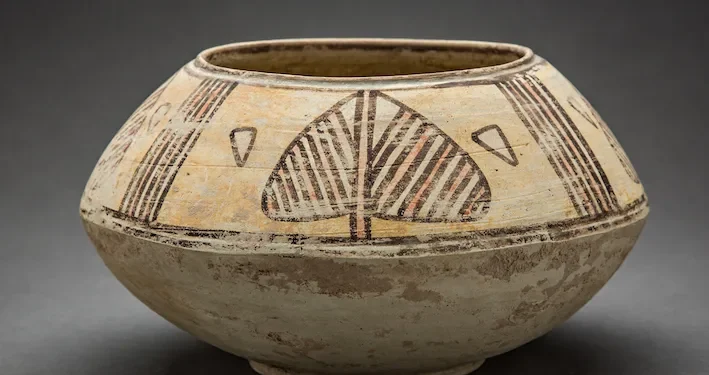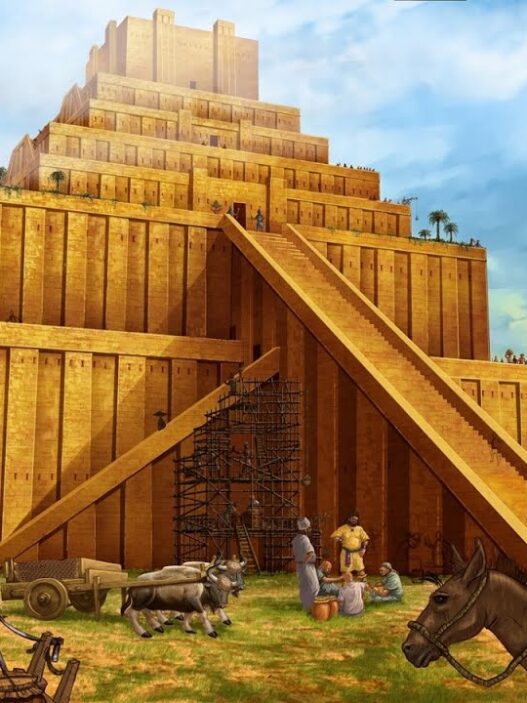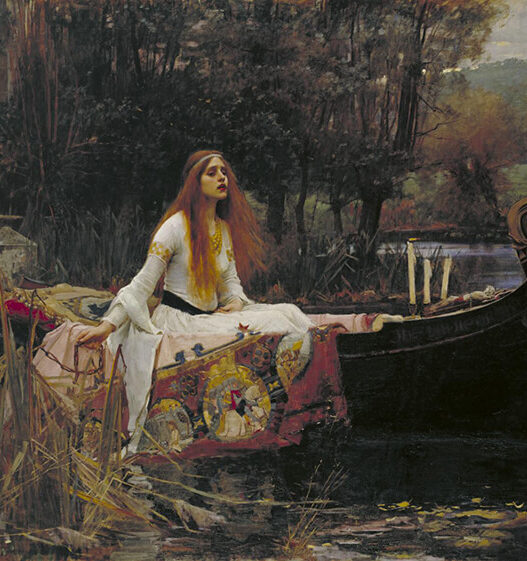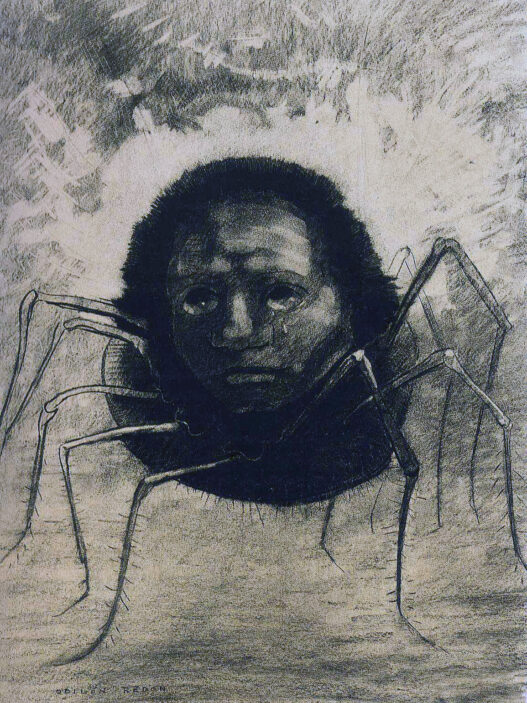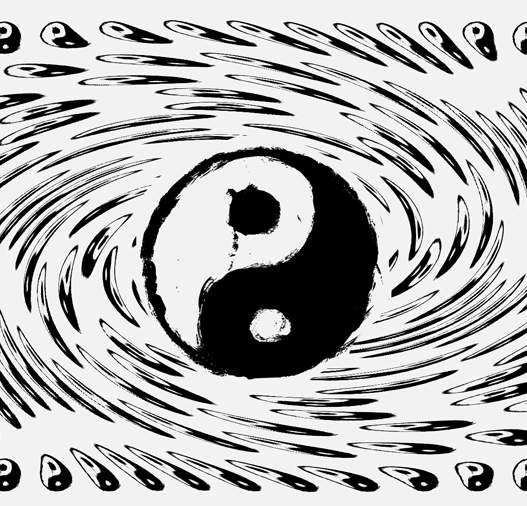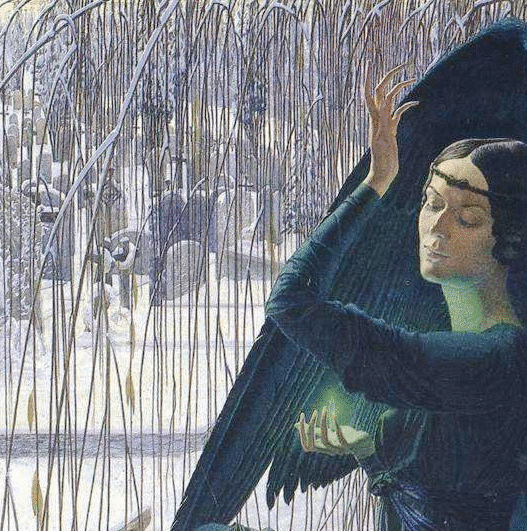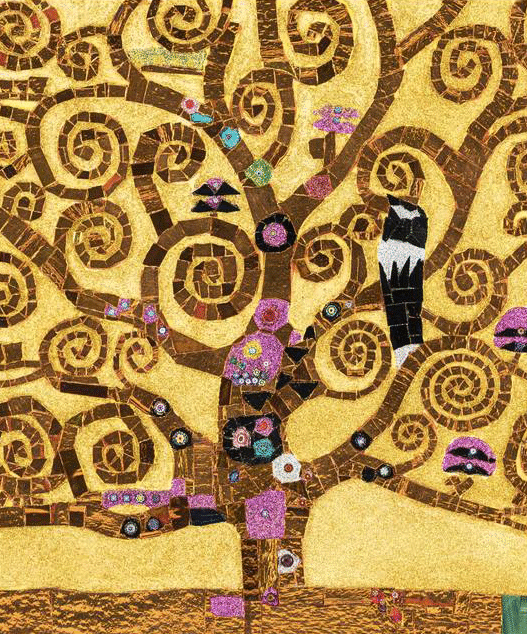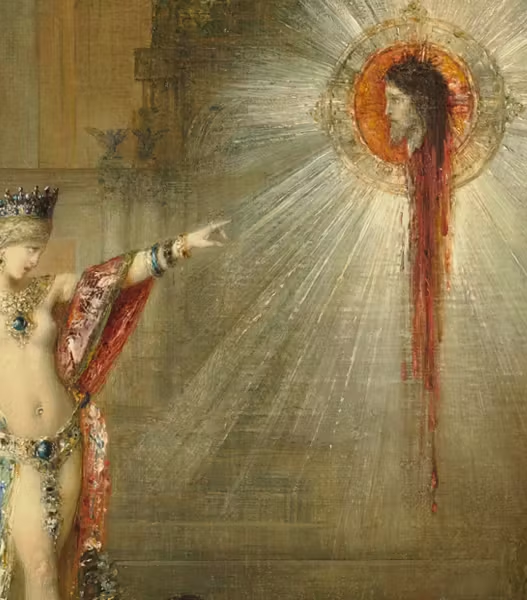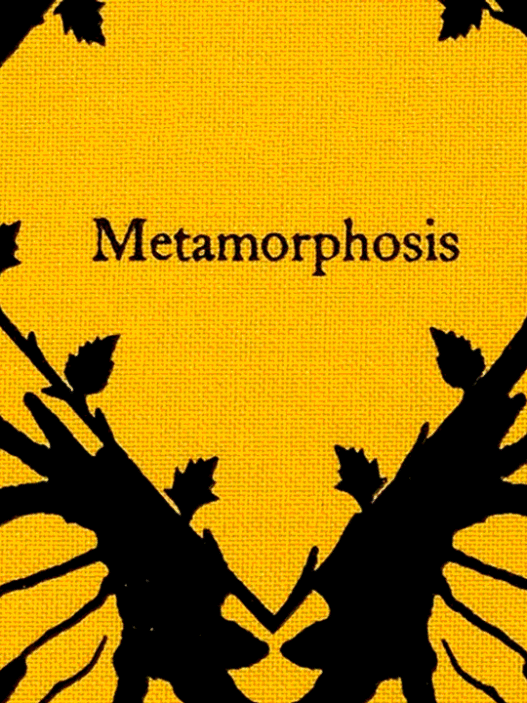Origin
Is the Indus Seal a portal to ancient mysteries?
This artefact stands as a testament to the flourishing Indus Valley Civilisation, one of the oldest urban societies in the world. Dating back to around 2600 to 1900 BCE, this ancient civilisation thrived in what is now modern-day Pakistan and parts of northwest India.
The civilisation’s name derives from the Indus River, which played a pivotal role in shaping their advanced urban centers.
Archaeologists have unearthed two remarkable ancient cities in the Indus Valley, namely Harappa and Mohenjo-daro, situated in present-day Pakistan and northeast India.
Harappa, in particular, stands as a testament to an impressive urban civilisation that once thrived, supporting a staggering population of 50,000, dwarfing neighboring towns and villages fivefold. The cities of Harappa and Mohenjo-daro exhibit an extraordinary level of urban planning. This is another way to explore Ancient Mysteries of the Indus Valley. Within robust city walls, a labyrinth of streets weaves through the settlements, showcasing meticulous organisation.

Intaglio seal (H97-3433-7617-01) Indus Fish symbol, public domain
These ancient marvels boasted an advanced system of sanitation and water supply, comprising wells, bathing rooms, and covered drains – a feat considered the world’s earliest in such engineering. Furthermore, the residential structures in both cities were remarkably well-designed.
Intaglio seals and the Code of Hammurabi share a deep connection in how they communicated power, identity, and law through engraved imagery and inscriptions. Both use carefully carved symbols to convey authority—intaglio seals often bearing divine or royal motifs to mark ownership or authenticity, while Hammurabi’s stele famously features a relief of the king receiving laws from the sun god Shamash. This visual pairing of image and text served to legitimise rulership and law in ancient Mesopotamia. Though the seal was portable and personal, and the code was monumental and public, both functioned as tools of control, legitimacy, and cultural memory in their time.
Houses offered distinct sleeping and cooking areas, while courtyards and upper stories enriched the architecture. Moreover, granaries served as repositories for vital sustenance, ensuring the prosperity of these vibrant urban centers.
Harappa and Mohenjo-daro continue to captivate archaeologists and historians, providing invaluable insights into the sophistication and ingenuity of early urban civilisations.
These discoveries shed light on the rich cultural heritage of the Indus Valley, reminding us of the remarkable achievements of our ancient ancestors.
Each artefact serves as a portal to ancient mysteries, offering glimpses into a sophisticated civilisation whose symbols, scripts, and craftsmanship continue to intrigue scholars and enthusiasts alike.
These seals were meticulously crafted from materials like clay, steatite, and terracotta. They bear intricate engravings of various symbols, animal figures, and enigmatic script-like markings, all skillfully etched onto their surface.





